What's the most annoying thing about all the new iPhones? It's not a cutout in the display, it's already an extremely raised camera assembly. You may argue that the cover will easily solve this, but you wouldn't be entirely right. Even the covers must have outlets to protect the equipment. But is it necessary to constantly improve the included cameras and thus enlarge them?
Everyone answer this question in their own way. However, whether you are on the side of one camp or the other, it is simply true that the quality of the cameras often plays a crucial role in deciding which phone to buy. That's why manufacturers are always trying to improve them and push them to technological possibilities and compete to see which one is better (or different tests do it for them, be it DXOMark or other magazines). But is it really necessary?
It could be interest you
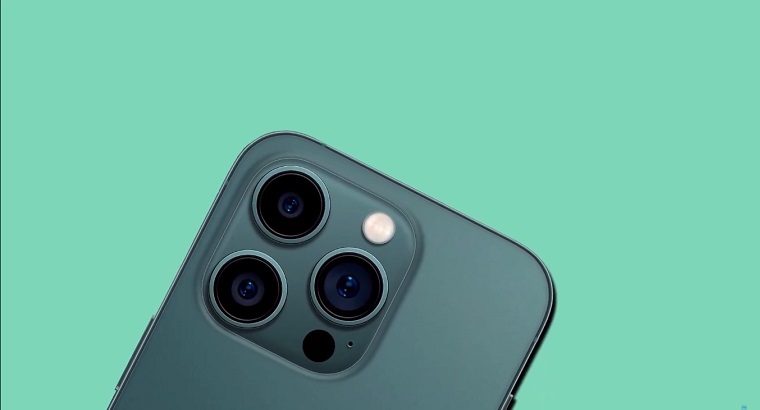
The scale is very subjective
When you compare the photos from the current flagship smartphone, you won't know the difference in the case of daytime photos, i.e. those taken under ideal lighting conditions. That is if you don't zoom in on the photos themselves and look for details. The biggest differences come to the surface only with decreasing light, i.e. typically a night photograph. Here, too, it is not only the hardware that matters, but also the software to a large extent.
Mobile phones keep pushing compact cameras out of the camera market. This is because they have come very close to them in terms of quality, and customers simply don't want to spend on them when they have "photomobile” for tens of thousands. Even though compacts still have the upper hand (especially with regard to optical zoom), smartphones have simply come close to them with regular photography, so much so that they can now be used as a day camera. Daily, taking into account that you photograph common situations with it every day.
In night photography, smartphones still have reserves, but with each generation of the phone model, these are getting smaller and the results are improving. However, the optics also grow proportionally, which is why in the case of the iPhone 13 and especially the 13 Pro, we already have a really massive photo module on their backs, which may bother many. The quality that it brings compared to the previous generation, for example, may not be appreciated by everyone.
I practically do not take night photography, the same applies to video, which I shoot only rarely. The iPhone XS Max already served me well enough for everyday photography, only with the night photo it really had problems, its telephoto lens also had significant reserves. I'm not particularly demanding, and the qualities of the iPhone 13 Pro actually exceed my needs.
On the left is a photo from the Galaxy S22 Ultra, on the right from the iPhone 13 Pro Max
Technological limits
Of course, everyone is different, and you don't have to agree with me at all. However, once again, there is now speculation about how the iPhone 14 will have a slightly larger entire set of cameras, as Apple will again increase the sensors, pixels and improve the rest in general. But when I look at the current models on the market, when some have passed through my hands, I see the current state as the ceiling that is really enough for an ordinary mobile photographer.
Those who do not have excessive demands can take a high-quality photo even at night, they can easily print it and be satisfied with it. Maybe it won't be for a large format, maybe just for an album, but maybe it doesn't need anything more. I am and will be an Apple user, but I have to say that I quite like the strategy of Samsung, which has, for example, given up on any hardware improvements for its flagship Galaxy S22 Ultra model. So he concentrated only on the software and used the (almost) same setup as his predecessor.
It could be interest you

Rather than increasing the size of the photo module and improving the photographic hardware, I would now prefer that the quality be preserved, and it was done in the form of downsizing, so that the back of the device is as we know it from the iPhone 5 - without unsightly warts and magnets for dust and dirt, and above all without constant tapping on the table top when working with the phone on a flat surface. That would be the real technological challenge, rather than always rising on the dimensions. The photos in the article are scaled down for the needs of the website, theirs full size can be found here a <a href="https://cdn.shopify.com/s/files/1/1932/8043/files/200721_ODSTOUPENI_BEZ_UDANI_DUVODU__EN.pdf?v=1595428404" data-gt-href-en="https://en.notsofunnyany.com/">here</a>.
 Flying around the world with Apple
Flying around the world with Apple 
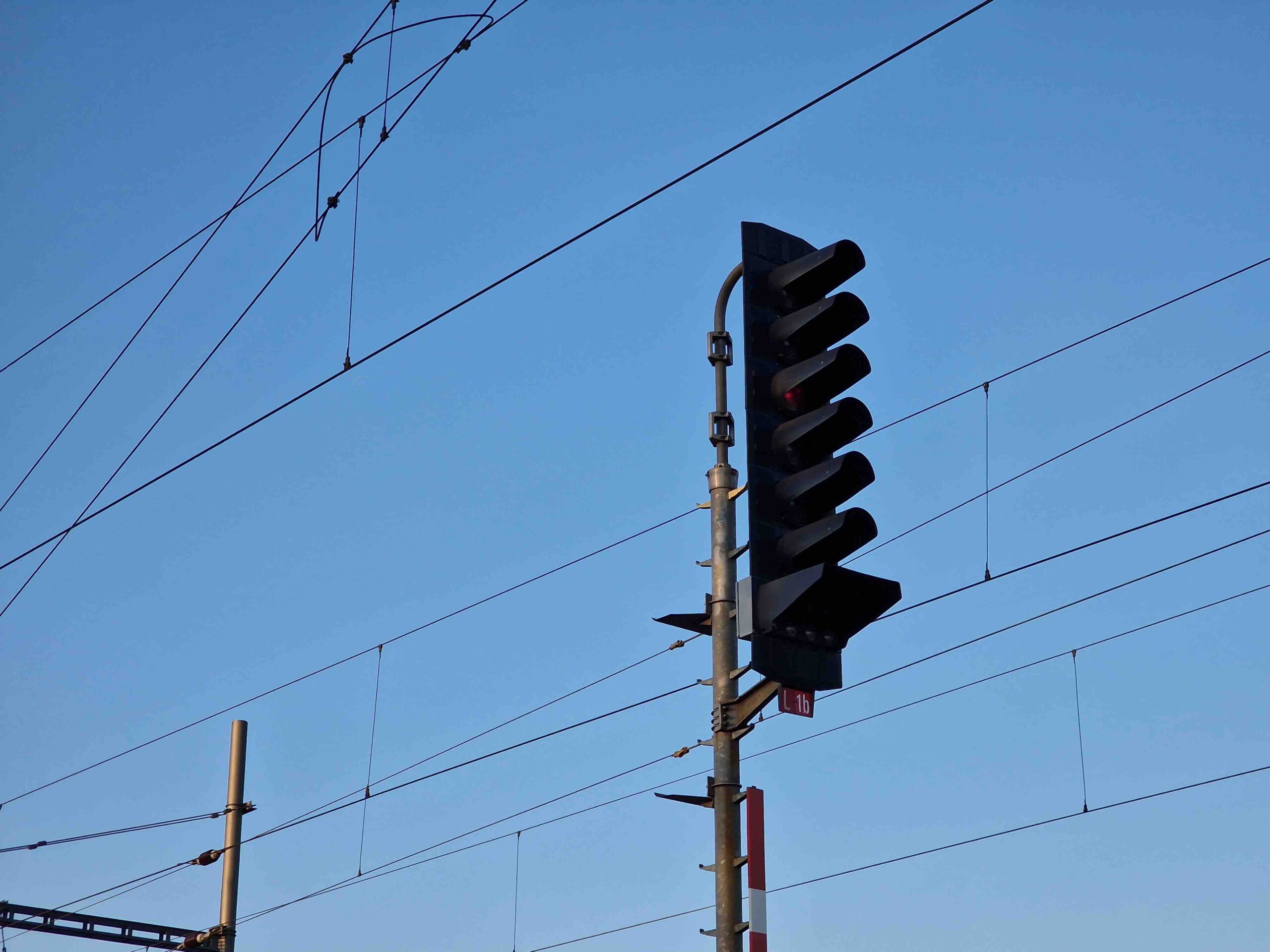


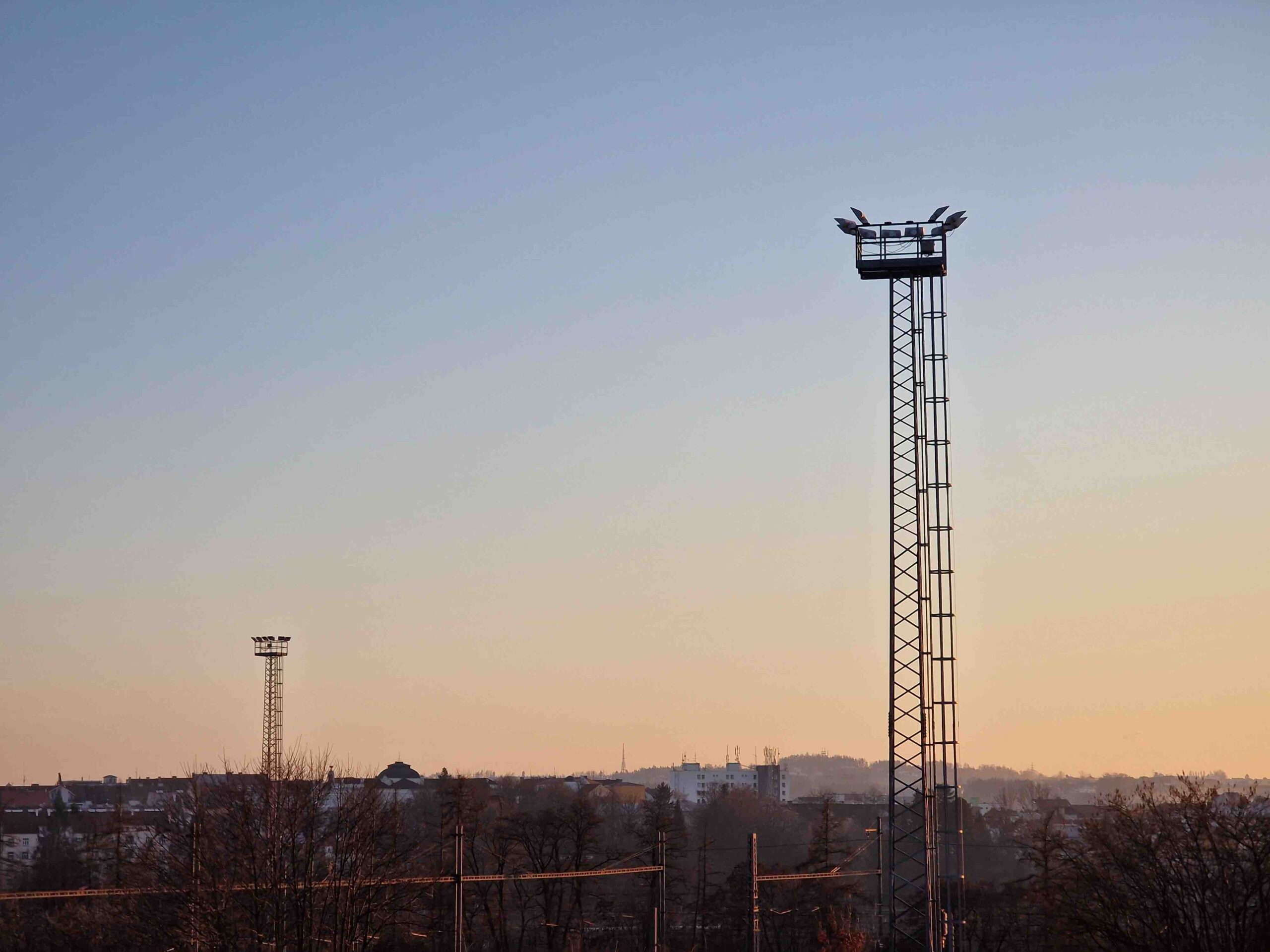
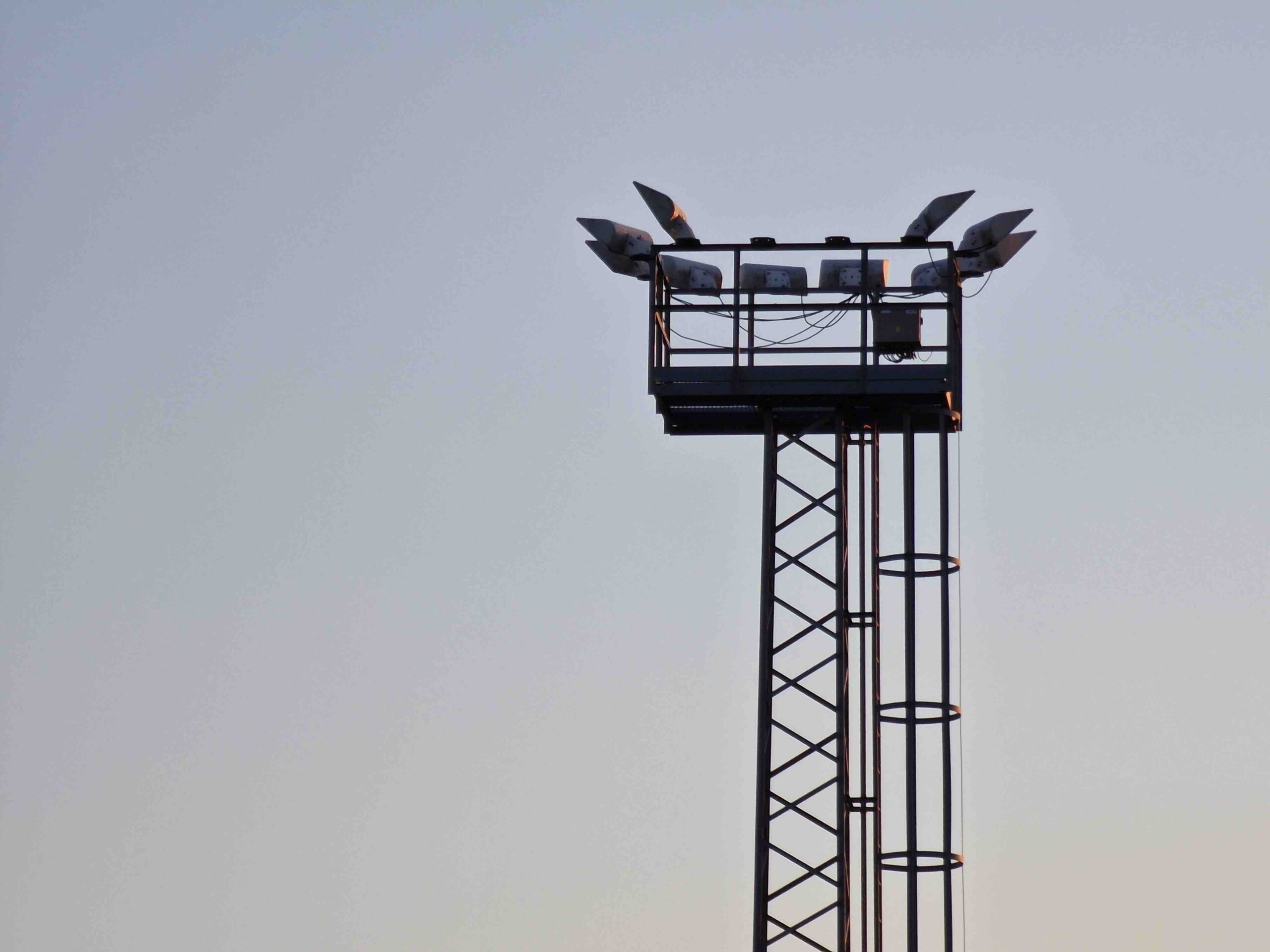





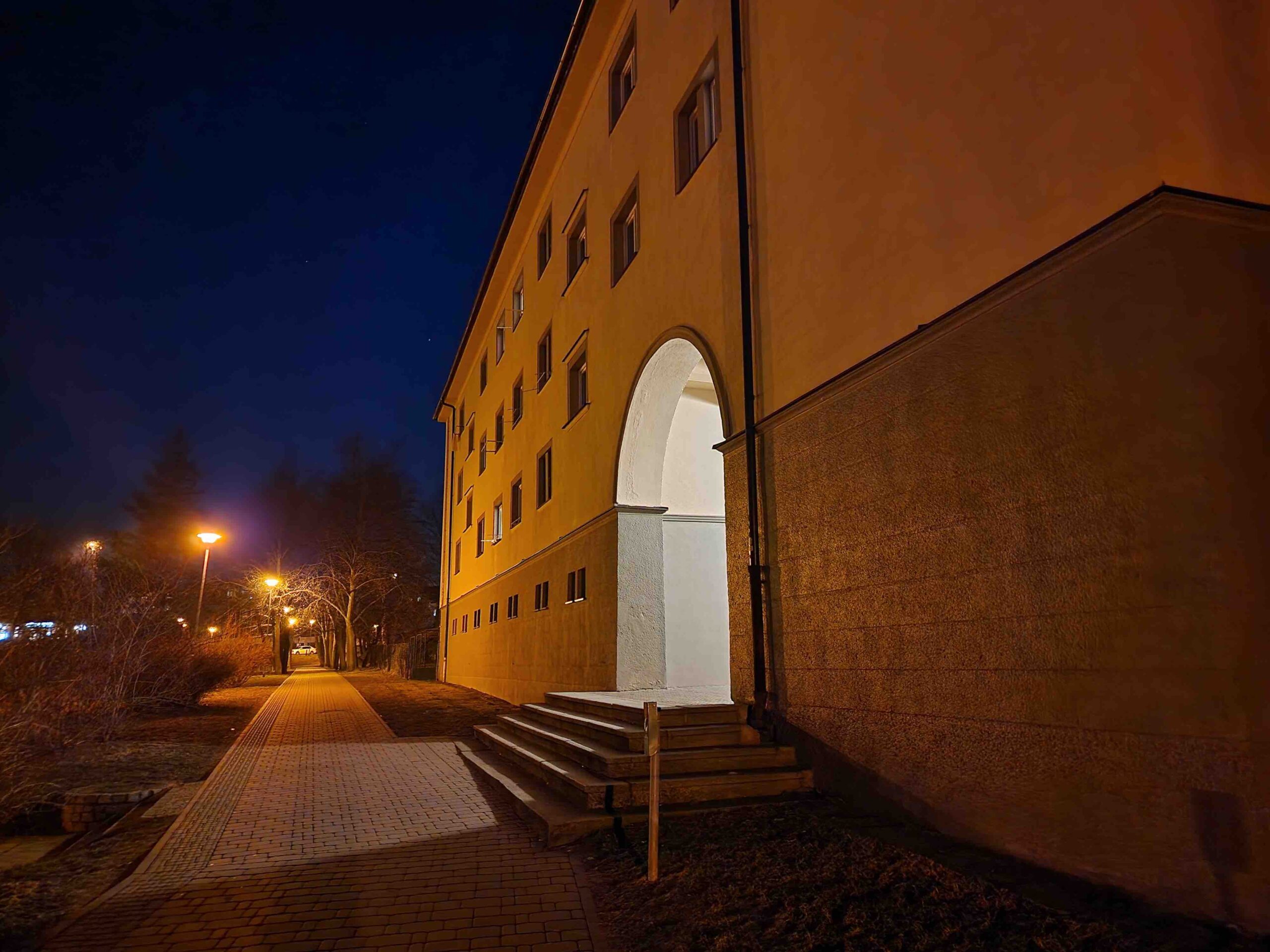










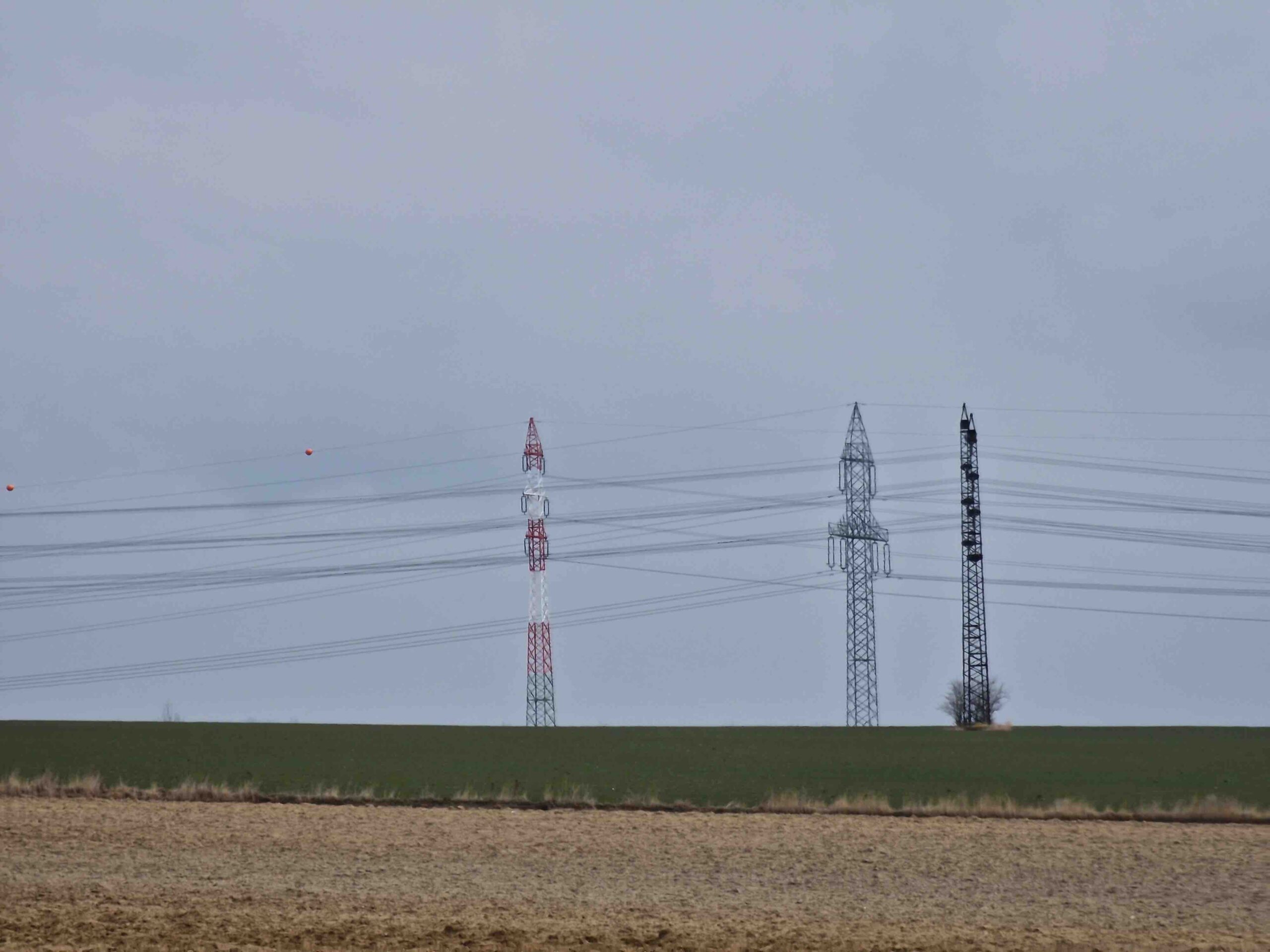
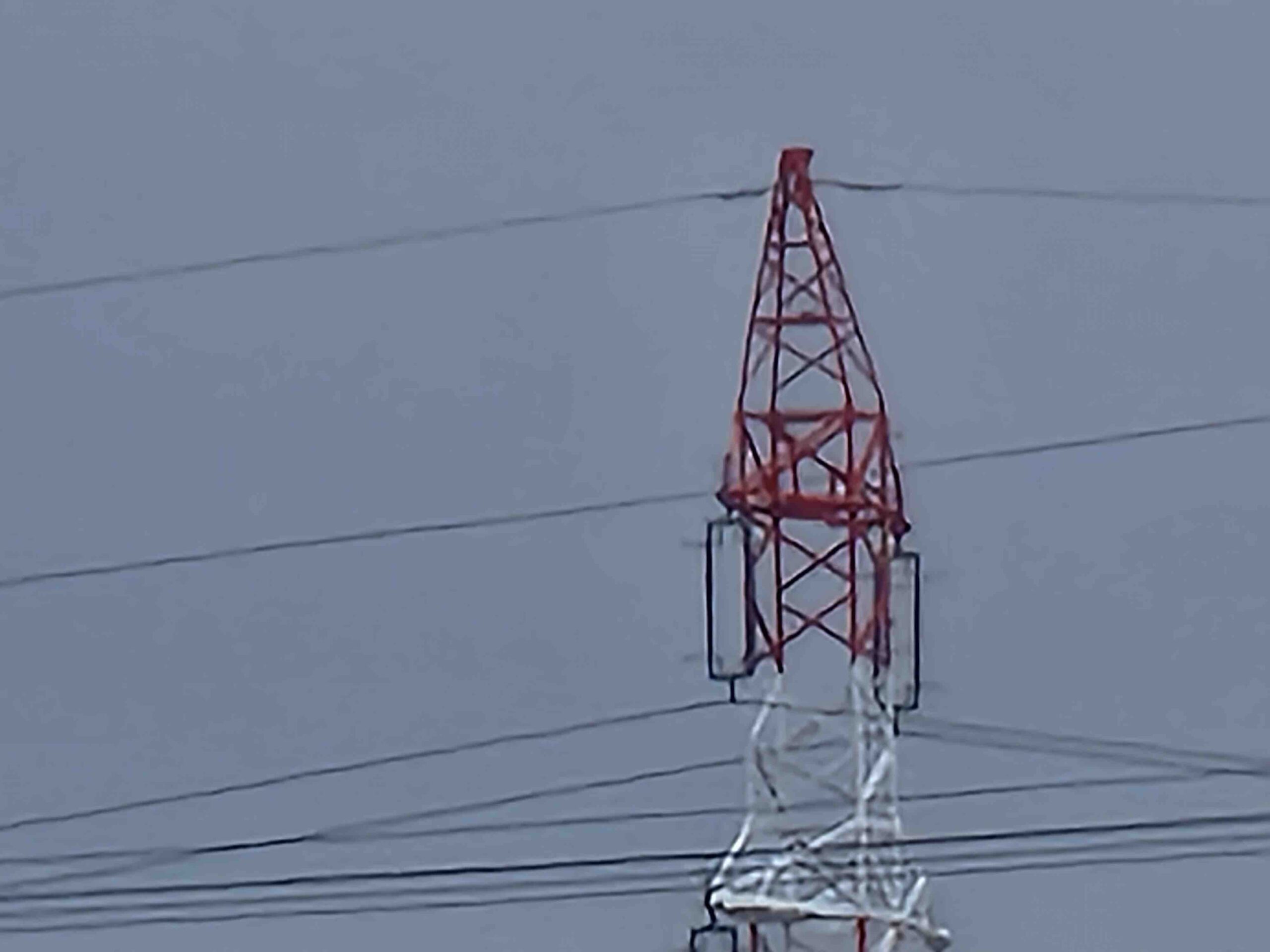
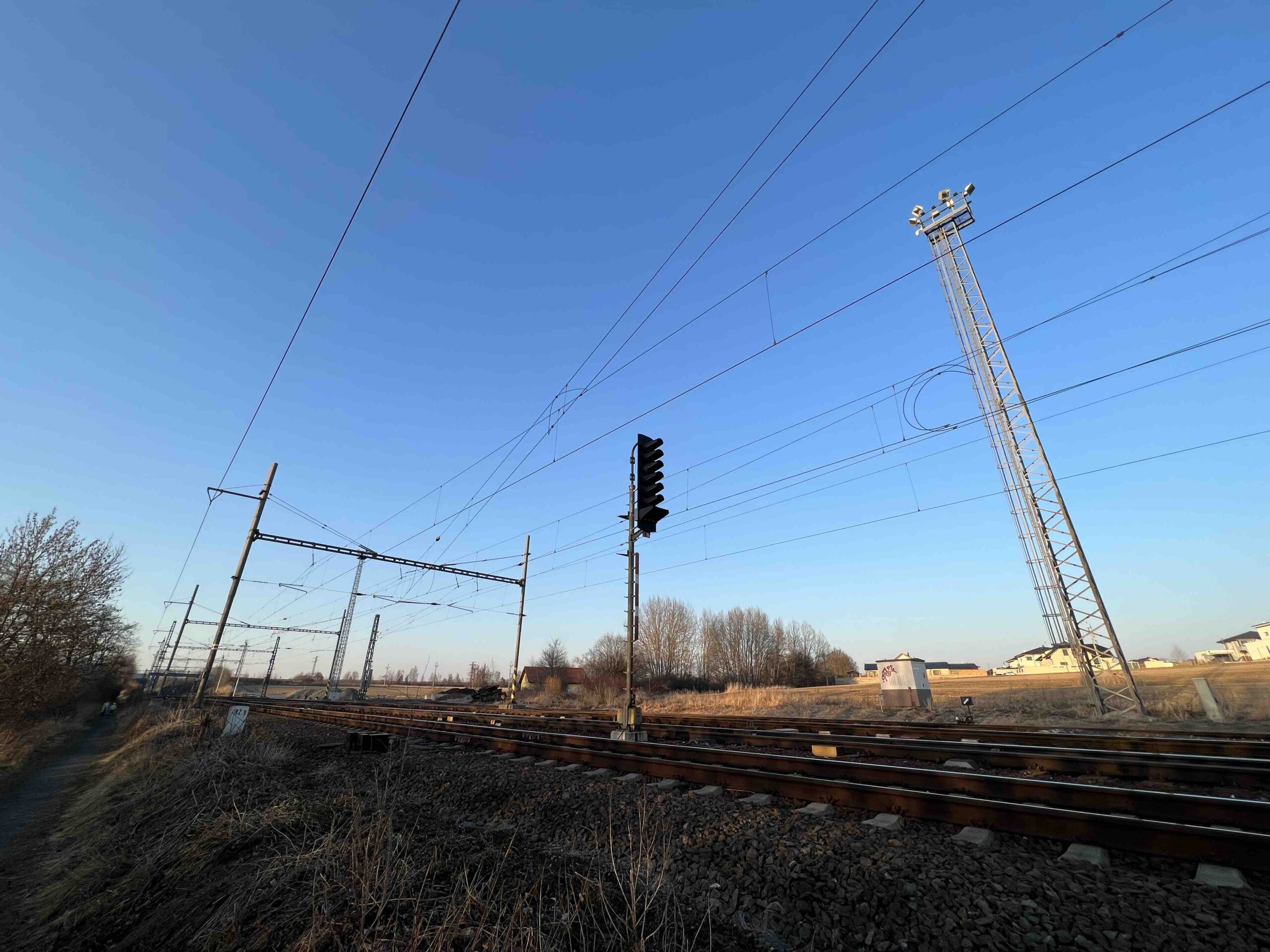
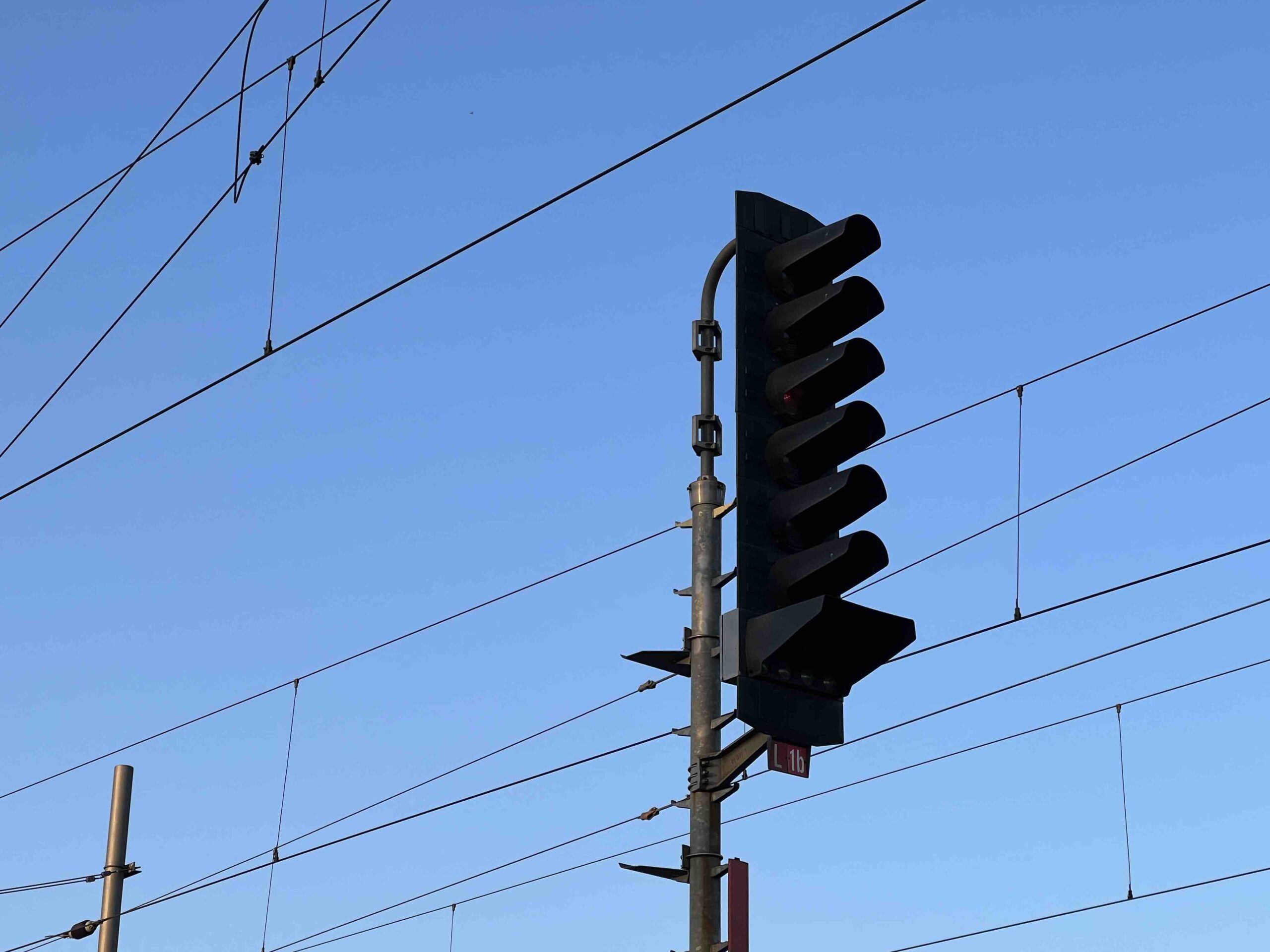




































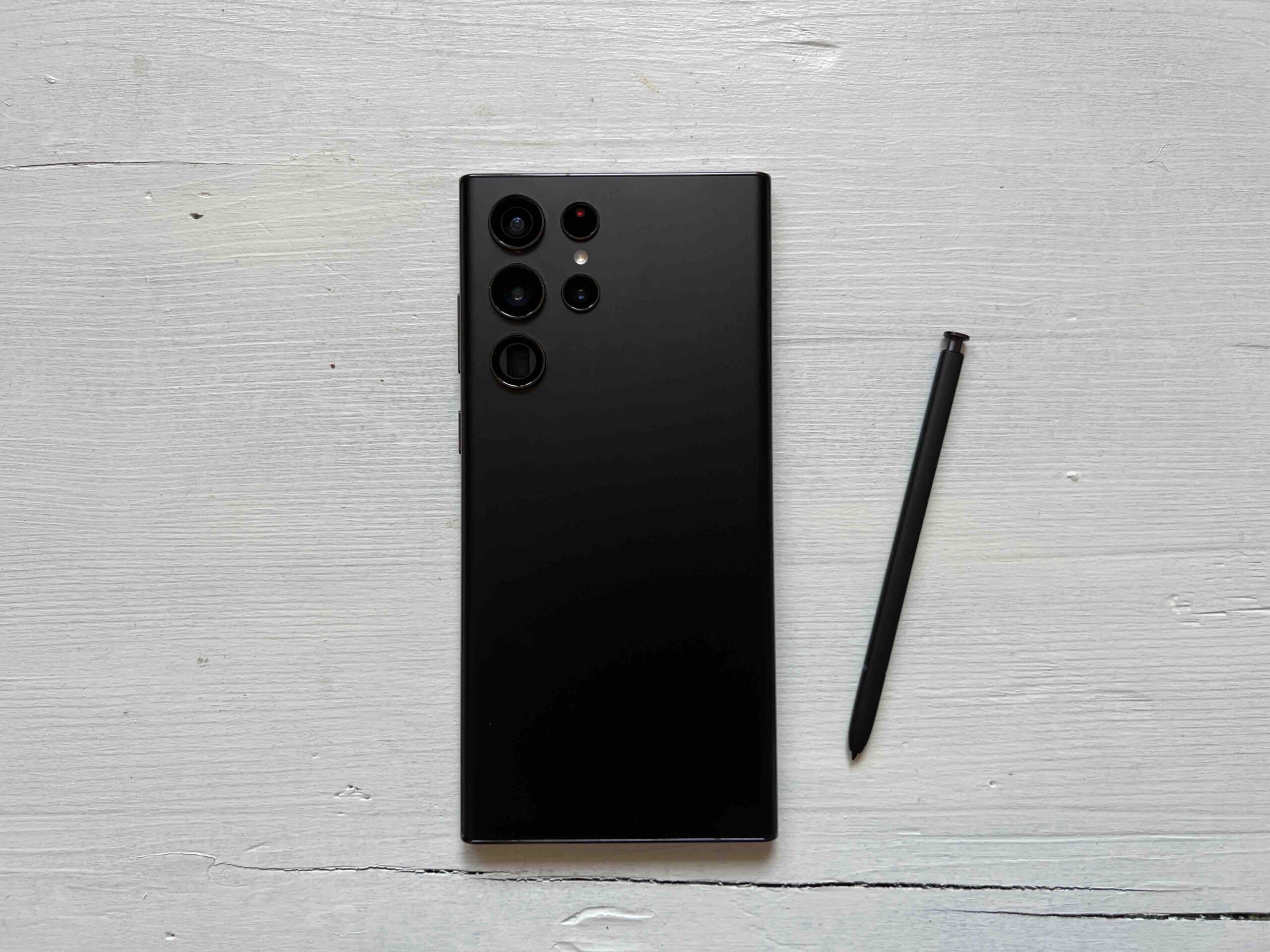
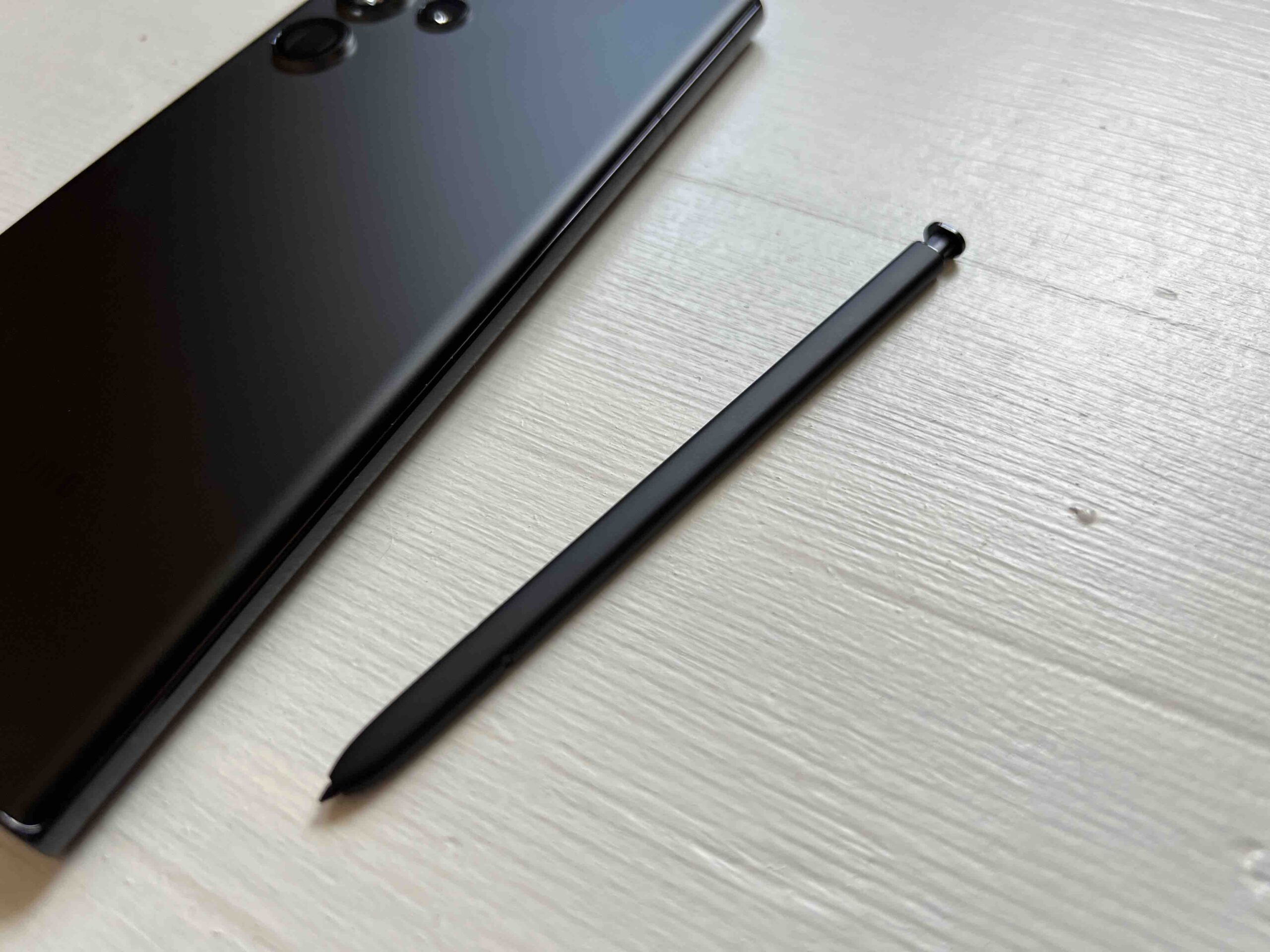
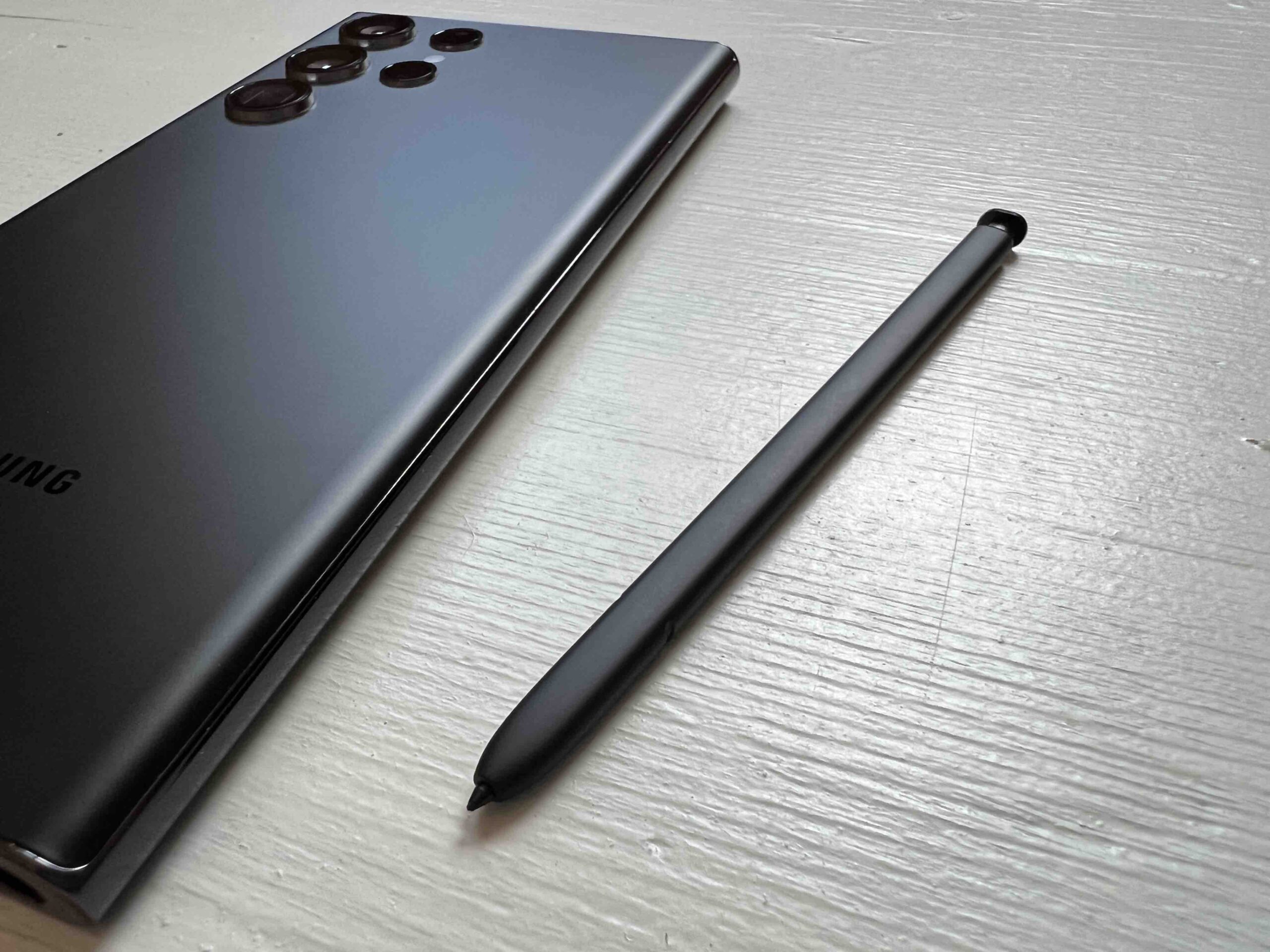

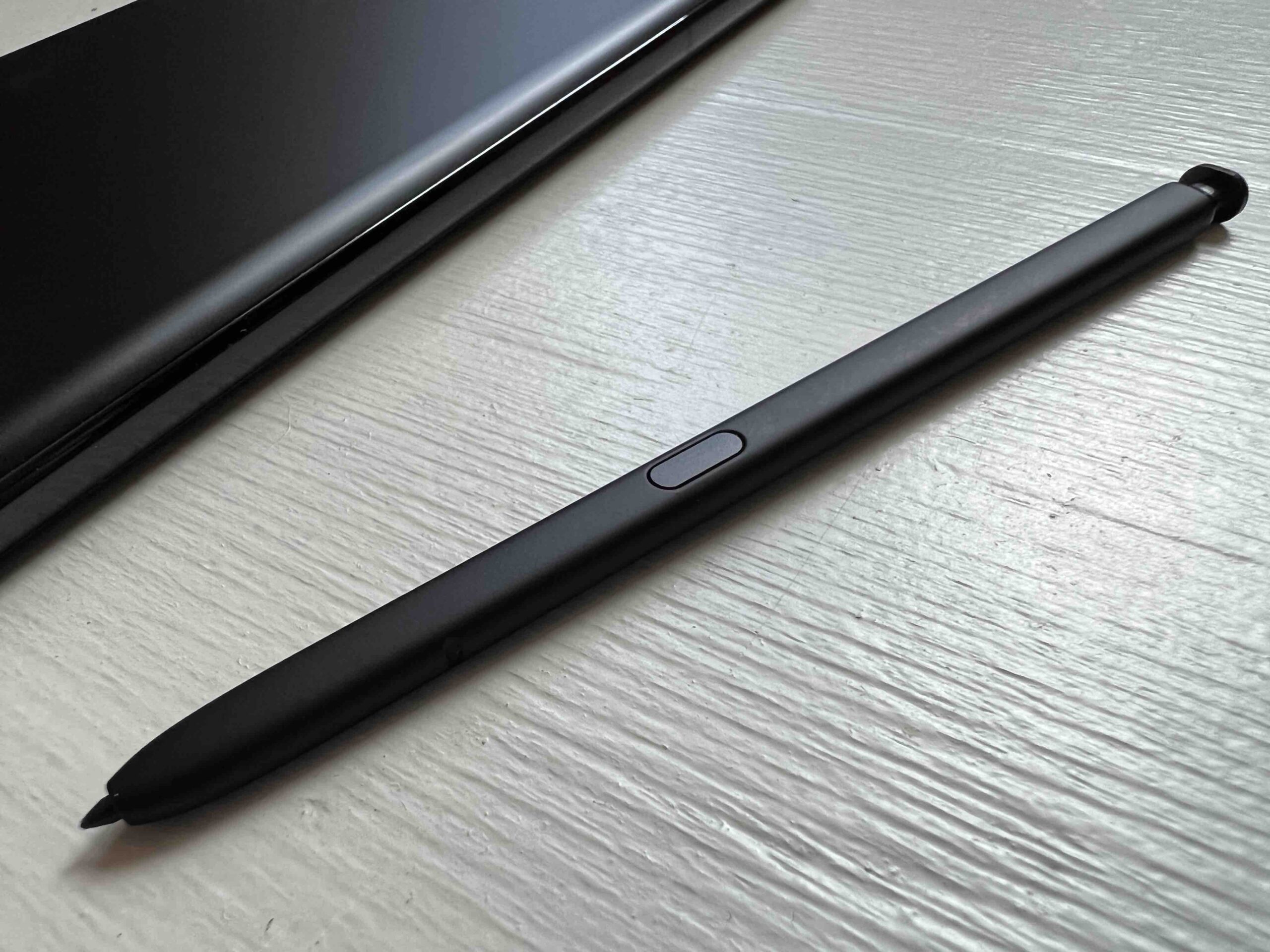
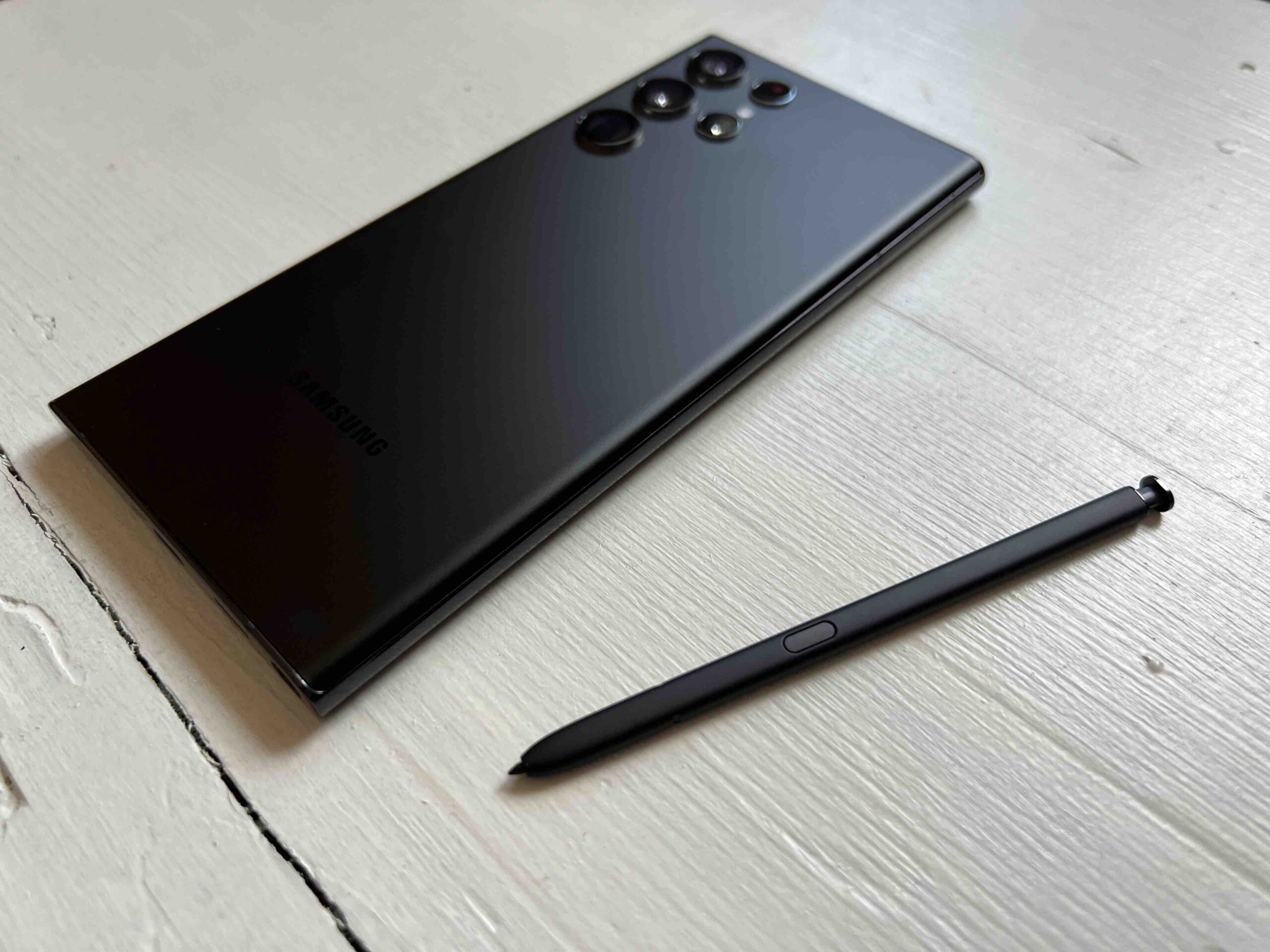
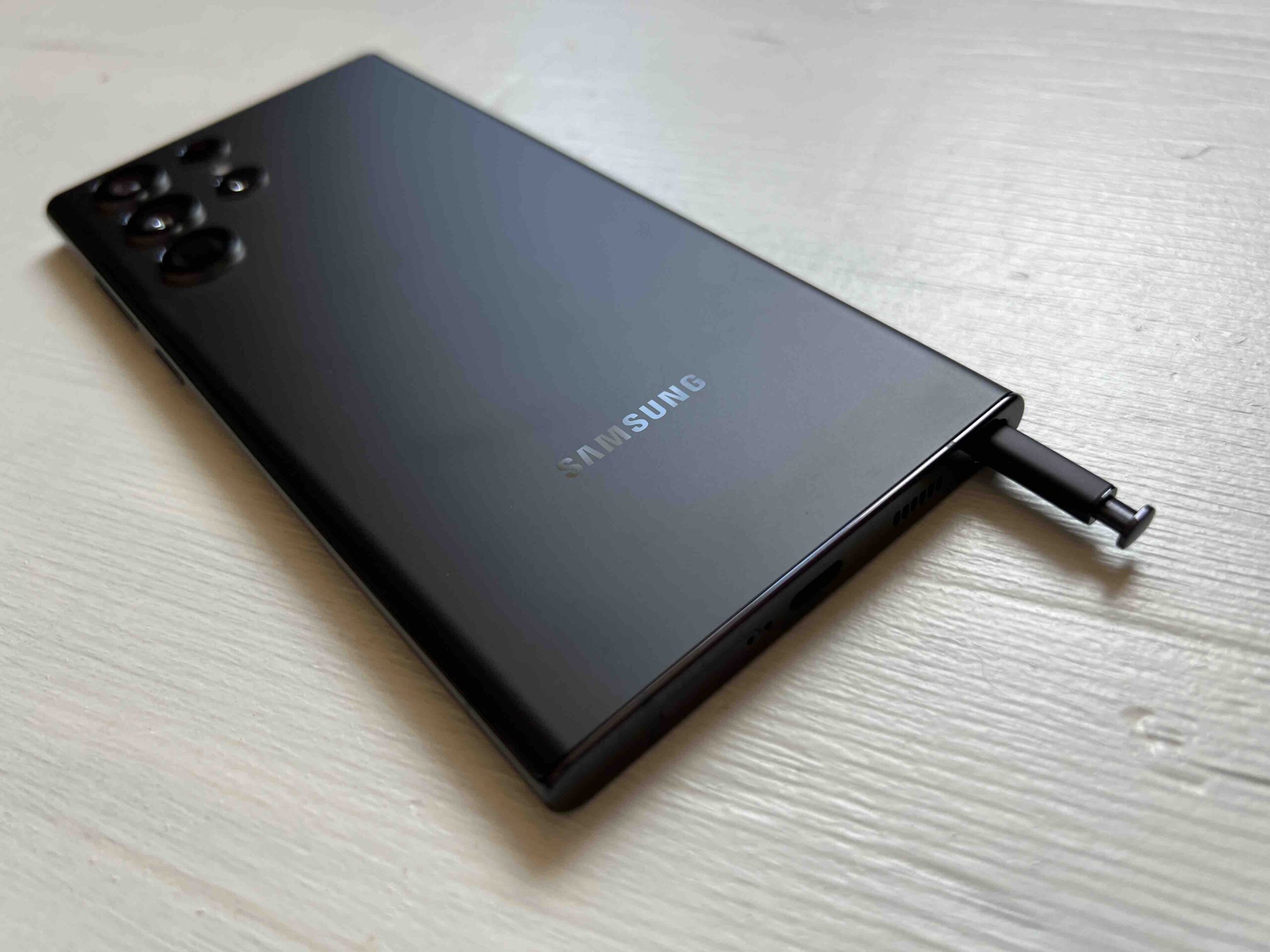
 Adam Kos
Adam Kos